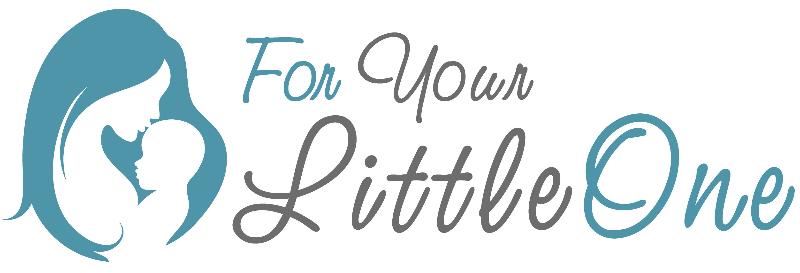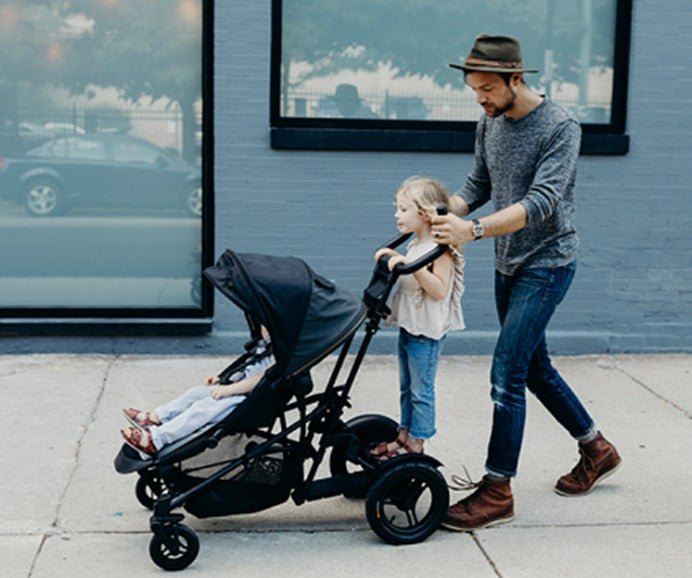Introduction
You're considering buying your child a trike. That's great! But before you make your purchase, there are a few things you should know. Below, we've answered the most common questions about children's trikes.
What are the different types of trikes?
What age is a good time to buy a trike?
What size trike should I buy?
Do I need to assemble the trike?
Can I use the trike indoors?
How do I teach my child to ride a trike?
Is it safe for my child to ride a trike?
Where can I find more information?
What Age Does My Child Need to Be for a Trike?
The short answer is that there is no definitive answer as every child is different. Some children are ready for a trike at 18 months old, while others may not be ready until they are 4 or 5 years old.
The best way to decide if your child is ready for a trike is to observe their development and readiness skills. Some of the things you may look for include being able to walk independently, being able to balance on their own, and being able to steer a bike.
What Style of Trike Should I Buy for My Child?
So you're considering buying your child a trike? Here are the answers to some of the most common questions people have about trikes:
What style of trike should I buy for my child?
There are three main types of trikes: the classic tricycle, the balance trike, and the geared trike.
The classic tricycle is best for toddlers who are just starting to learn how to ride. It has two large wheels in the front and one smaller wheel in the back.
The balance trike is perfect for kids who are a little more confident on their bikes and want to start learning how to balance. It has two small wheels in the front and one large wheel in the back. This trike is also great for indoor use, as it doesn't take up as much space as a classic tricycle.
The geared trike is perfect for older kids who want to start riding around on longer distances. It has three large wheels and a gear system that makes it easier to pedal.
For Your Little One has a variety of Doona, Kinderkraft and FYLO best-selling Trikes at unbeatable prices.
What Are the Safety Benefits of a Trike Over Other Toys?
There are a few key safety benefits to consider when deciding whether to buy your child a trike.
For one, trikes are stable and difficult to tip over, meaning that your child is less likely to fall off and get injured. Additionally, the pedals are positioned lower than on a bike, so it's easier for kids to start pedalling and maintain their balance.
Lastly, trikes tend to be heavier than other ride-on toys, which makes them less likely to be knocked over by a gust of wind or by another child.
Are There Any Accessories or Features That I Should Look Out for When Buying a Trike?
When you're looking for the perfect trike for your child, there are a few features and accessories that you should look out for. For example, adjustable handlebars can help ensure the trike grows with your child, while reclining or adjustable seats can help make the ride more comfortable. For Your Little One has just released it's brand new Xplor Trike with tons of amazing features.
In addition, many trikes now come with a wide range of accessories, such as baskets or bags for carrying toys or snacks during rides. Some trikes also feature detachable footrests and sunshades to protect your little one from the heat. You may also want to consider trikes that have brakes or a locking feature to give you extra peace of mind when it comes to safety.
What Are the Differences Between Balance Bikes and Trikes?
You may have noticed that there are both trikes and balance bikes available, so it can be difficult to decide which one is best for your child. Balance bikes have become increasingly popular in recent years, as they allow children to learn the basic principles of balancing whilst having fun on two wheels. Trikes are great for younger children aged two or three who may still need the extra support of a traditional tricycle.
The main difference between these two types of bikes is that balance bikes don't have pedals, so the child will need to use their feet to move along. On a trike, there are pedals so the child can pedal themselves around with help from an adult if needed. Balance bikes also tend to be lighter than trikes, making them easier to carry around and store.
How Long Can I Expect My Child's Trike to Last?
Well, that depends on how well you maintain your trike and how often it gets used. Generally speaking, you can expect a trike to last anywhere from two to five years. If cared for properly, quality trikes with well-made frames and good parts should last even longer.
To ensure your child’s tricycle lasts as long as possible, make sure to regularly check for any signs of wear and tear. Pay special attention to tires, pedals, and steering mechanisms as these are the most likely parts to wear out first. Proper maintenance also includes washing the tricycle thoroughly once a month and applying lubrication when necessary.
Conclusion
So, to sum up, here are the most common questions people ask about children’s trikes, and our answers:
‘Should I buy my child a trike?’
There is no definite answer, as it depends on your child’s needs and abilities.
‘What age is a good age to buy a child a trike?’
Again, there is no definite answer, but most children are ready for a trike by the age of two.
‘How can I tell if my child is ready for a trike?’
If your child is able to walk steadily and confidently, they are probably ready for a trike.
‘What are the benefits of a child riding a trike?’
There are many benefits, including improved balance and coordination, as well as helping children to develop a sense of independence. You can view a full recommendation of the most popular Trikes available on the market - here.



